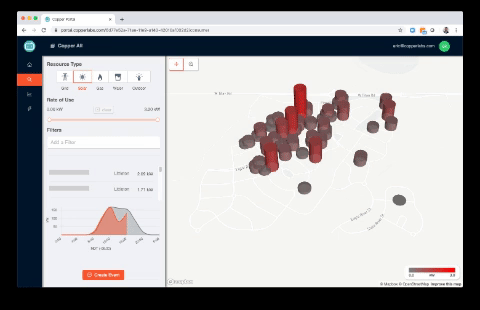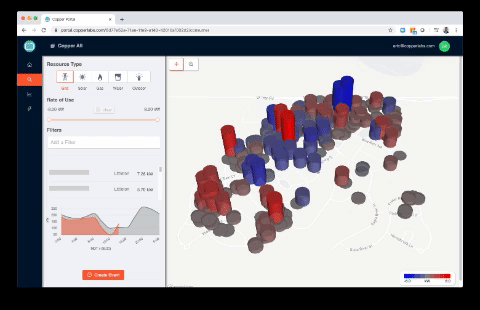Increased deployment of intermittent renewable energy is one of the key trends developing in the electric space.
The implications of universal scale wind and solar, as well as customer-sited solar and wind, are both operational and financial for utilities across the United States. Operationally, a system-wide and a segmented approach need to be considered. In other words, bulk energy supply is one consideration. But, local distribution capacity and constraints are also part of the equation to continue providing safe, reliable, and affordable energy.
Batteries are referenced as one part of the equation. But that’s not the only solution, due to today’s costs and system needs for longer-term seasonal balancing of supply and demand.
Demand management will also be an important part of utility operations when adding more renewable energy. Demand management applies to longer-term conservation, as well as time-of-use reduction in load. In any case, it frequently relies on engagement with the energy consumer. Engagement with the customer includes economic incentives or penalties for installing energy saving equipment or behavior change.
Technologies and standards have quickly changed over the years. But, generally, that customer engagement construct is no different today compared to what it was 5-10 years ago. What has changed and will continue to change, with more renewables and an evolving regulatory construct, is truly integrating demand side management into utility operations.
For now, let’s consider how solar will effect supply and demand of utility operations…
While the impacts of large penetrations of solar were anticipated about ten years ago, the term “duck curve” started to gain traction a couple of years ago. Now, it’s a real thing. For universal scale solar, the operational impacts are largely system-wide. But, distributed generation impacts local distribution networks, as well as system-wide demand from universal scale resources. This is generally true for wind power too. However, distributed wind isn’t as common. And, even if the wind slows, the momentum of the blades keeps power flowing for at least a few minutes. Meanwhile, clouds may cause solar production to drop within seconds in one part of town but not another.

Using Copper’s Utility Portal we can see the real-time aggregated solar production in a neighborhood with a high penetration of on-site solar in southwest Denver. The red columns in the screenshot below show real-time energy production from the solar for about 10% of the homes in the community. The aggregate of that historic and real-time production is captured in the bottom left with the gray bell curve on an average day. The red curve captured real-time data where you can see a quick drop of solar production by about 50% to 75 kW. Picking one home as an example, you can see the rapid swings of on-site solar production every few seconds.

Meanwhile, home energy demand also ebbs (and flows, with solar) by the minute. When looking holistically at electric usage in the neighborhood, you can see the blue columns, which represent homes with solar back-feeding onto the grid. The red columns show a net demand from the grid for homes with and without solar. The duck curve is clearly charted on the historic graph. At the same time, the red line shows the quick change from net back-feeding onto the grid to the demand for almost 150kW.
As we know, electricity is one of the few products that can’t be stored at scale, to balance supply and demand. The opportunity to engage consumers in supporting the balance is based on supply and provides a more efficient system, while also ensuring a safe and reliable system, making the most of distributed energy resources with a variety of time-sensitive and regional values. The next version of Copper’s energy monitoring hardware will include voltage measurement to help identify the fluctuation of end-use power quality with these changes of local supply and demand.
Photo by Vivint Solar on Unsplash
